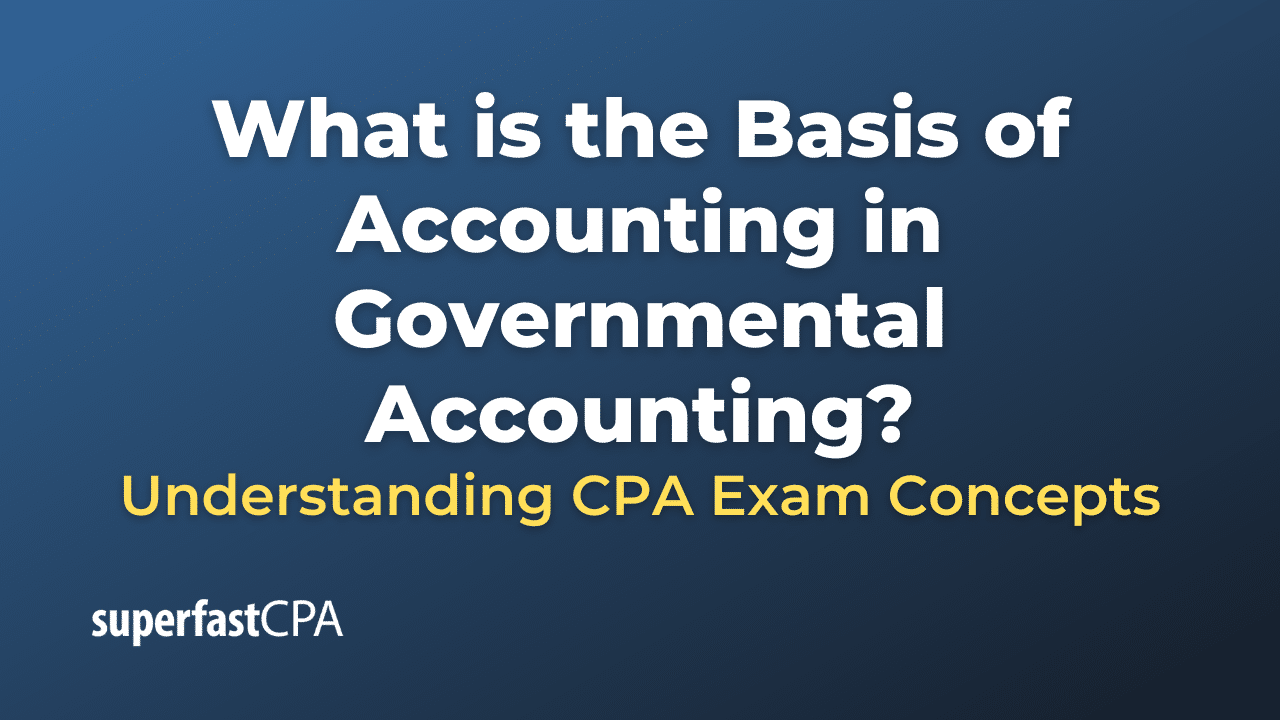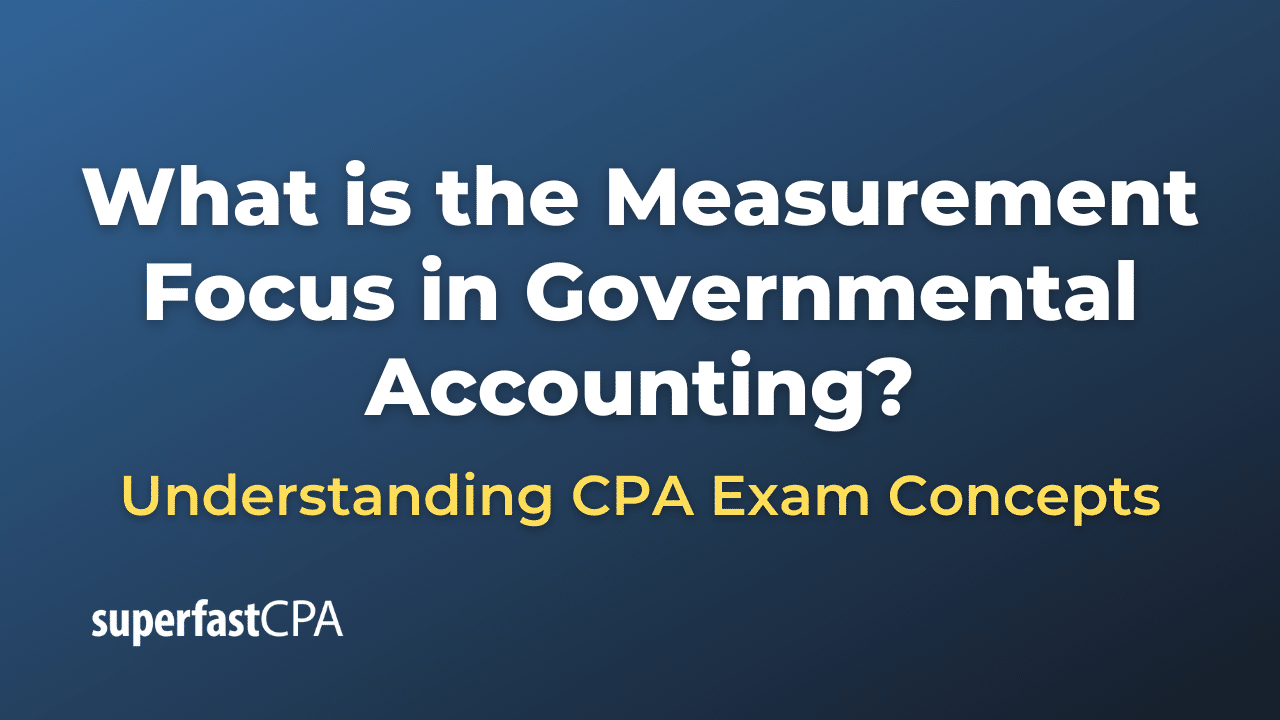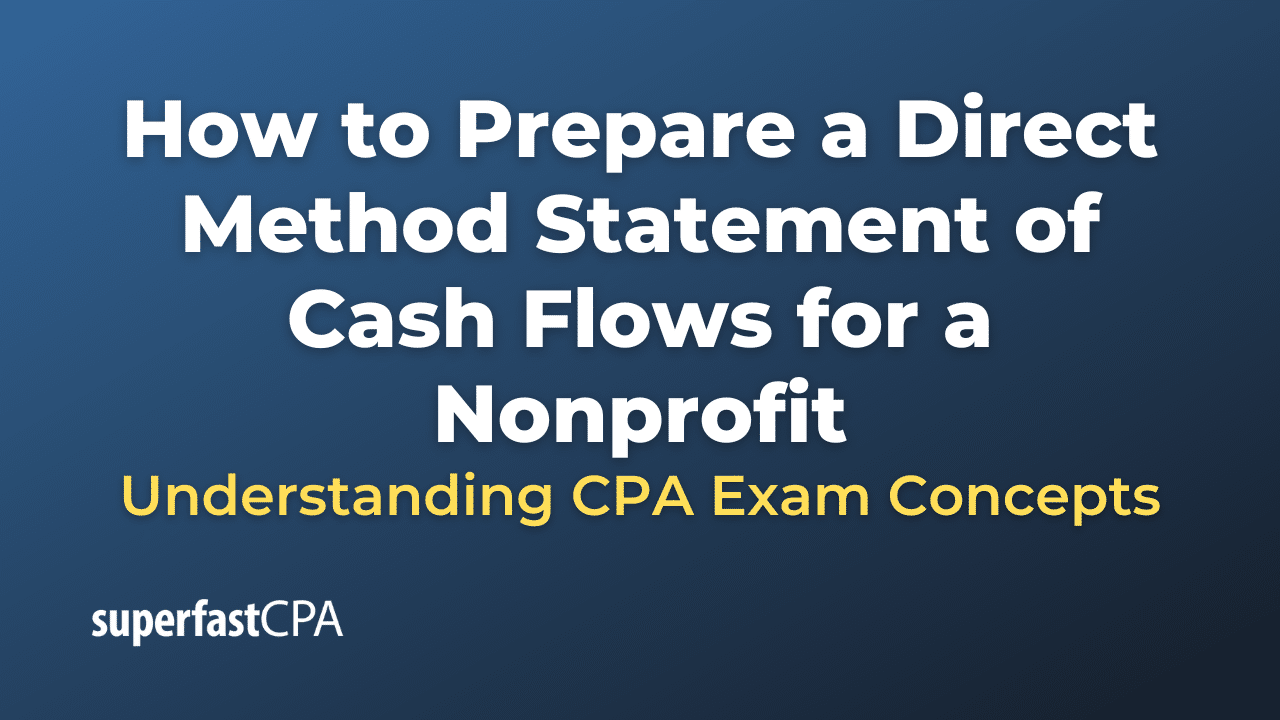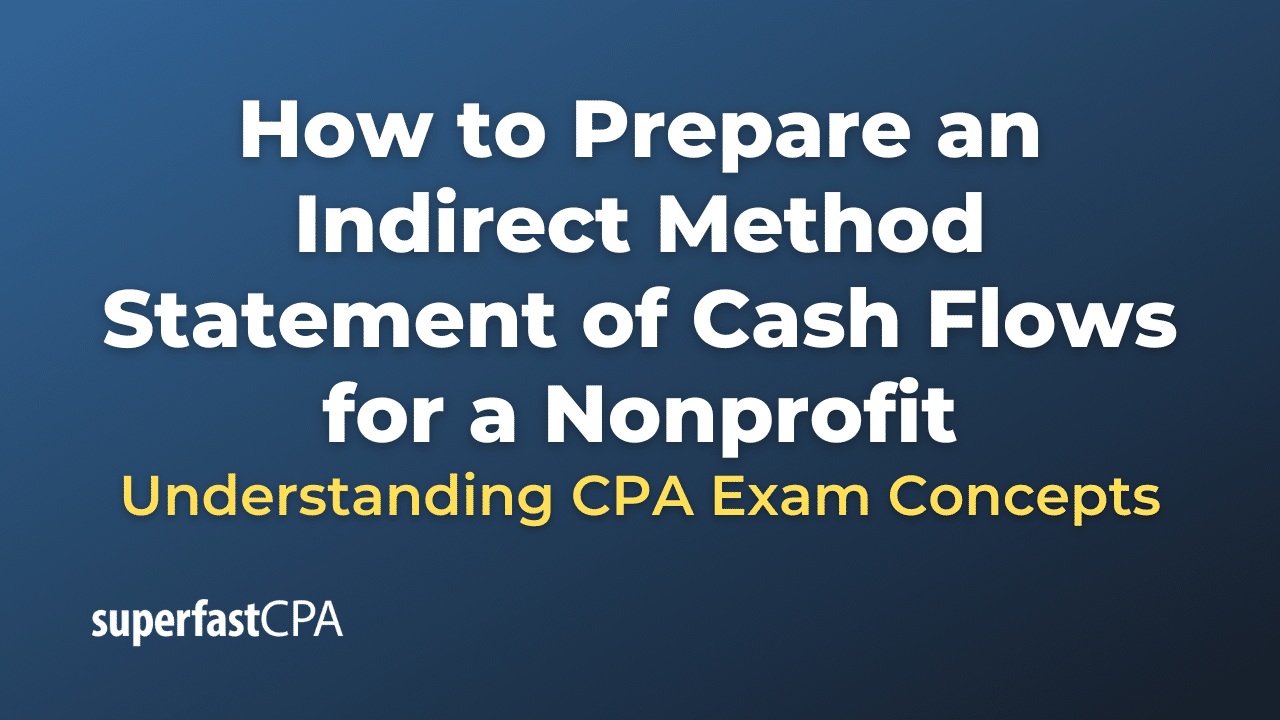Debt Accounting
Debt accounting is the process of tracking and managing an entity’s debt, including loans, bonds, and other forms of borrowing. It involves recording and reporting all debt-related transactions in accordance with accounting principles and standards.
Here are some key components of debt accounting:
- Recording the Initial Transaction: When a company borrows money, the initial loan amount is recorded as a debit to the cash account and a credit to a liability account (often named “Notes Payable” or “Loans Payable“) on the balance sheet.
- Interest Accrual: Over time, interest accrues on the borrowed amount. This accrued interest is recorded as an expense on the income statement and increases the liability on the balance sheet.
- Loan Repayments: When the company makes payments on the loan, part of the payment reduces the principal loan amount (reducing the liability on the balance sheet) and part pays off the accrued interest (reducing the interest expense on the income statement).
- Disclosure: In the company’s financial statements, information about the company’s debts, including the nature of the debts, interest rates, maturity dates, and any collateral, is disclosed in the notes to the accounts.
- Debt Covenants: Companies also have to monitor any debt covenants – agreements with lenders that place certain restrictions on the company, such as maintaining certain financial ratios. Violation of these covenants can lead to the debt being callable (due immediately).
Debt accounting can be complex, especially for large companies with multiple loans, bonds, or other debt instruments. It’s important for the accuracy of financial reporting and for maintaining good relationships with lenders and investors. It’s also crucial for the company’s management, who need accurate information about the company’s debt situation to make informed decisions.
Example of Debt Accounting
Scenario: TechCorp, a tech company, borrows $500,000 from a bank on January 1, 2023, to fund its expansion. The loan has an annual interest rate of 5% and is to be repaid over 5 years, with annual payments made at the end of each year.
Here’s how the loan would be accounted for:
January 1, 2023 – Borrowing the Money:
TechCorp receives $500,000 from the bank. This is recorded as a debit (increase) to Cash (an asset account) and a credit (increase) to Loans Payable (a liability account).
| Account | Debit | Credit |
|---|---|---|
| Cash | $500,000 | |
| Loans Payable | $500,000 |
December 31, 2023 – Recording the Interest Expense:
TechCorp accrues interest expense for the year. The interest for the year is $500,000 * 5% = $25,000. This is recorded as a debit (increase) to Interest Expense (an expense account, which reduces net income on the income statement) and a credit (increase) to Interest Payable (a liability account).
| Account | Debit | Credit |
|---|---|---|
| Interest Expense | $25,000 | |
| Interest Payable | $25,000 |
December 31, 2023 – Repaying Part of the Loan:
Let’s say that TechCorp’s annual loan repayment (which includes both principal and interest) is $110,000. The interest portion of this payment ($25,000) is deducted from the Interest Payable account, and the remaining $85,000 reduces the principal amount of the loan.
| Account | Debit | Credit |
|---|---|---|
| Loans Payable | $85,000 | |
| Interest Payable | $25,000 | |
| Cash | $110,000 |
At the end of 2023, TechCorp’s Loans Payable balance would be $415,000 ($500,000 original loan – $85,000 repayment). This process would repeat each year until the loan is fully repaid.
This example shows the basic principles of debt accounting: recording the initial loan, accruing interest expense, and making repayments. In a real-world scenario, additional factors such as loan fees, changes in interest rates, or refinancing could also come into play.













